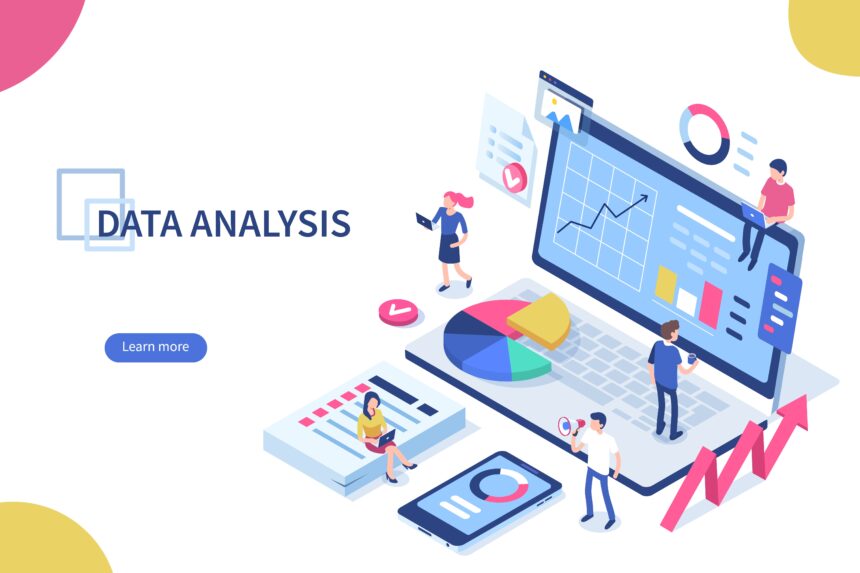Email marketing ranks among the best ways to stay in touch with an audience and potentially to build one too. However, like so many digital marketing tasks, it’s something that undergoes constant evolution and development. Even with the initial tasks out of the way, such as deciding on a tone and template and testing your email servers, it requires regular work to keep people engaged.
It’s also a discipline that involves massive amounts of data. Anyone with even a passing interest in using email as a marketing tool should have a good idea of typical open rates and bounce rates, so they have something to compare campaigns to. It’s then far easier to understand where a business stands and can guide what comes next.
Utilizing this data to drive decisions and others elements of the overall marketing plan is what inevitably takes up the most time – even more so than crafting the emails themselves. However, great campaigns don’t necessarily rely on marketers who understand their data’s comprehensive ins and outs. So instead, we’re going to focus on four critical aspects of that data that can yield the best results.
Performance Monitoring
Starting off with the most basic data, it’s vital to understand how your current efforts perform if you’re to stand a chance of improving them. Most email marketing tools provide this data as standard, spanning core metrics such as click and open rates, together with the number of people that unsubscribe with each email.
Naturally, knowing this information is merely part of the job. The actual skill stems from applying context then making a decision. For example, when it comes to people unsubscribing from your list, the most common reason is almost always too many emails. It’s not difficult to apply context to that one, but someone needs to make a decision and decide whether the current schedule brings in as much value as it could.
With open rates, keep an eye on how different styles and tones in the subject line have an impact. With click rates, monitor whether in-content links perform better than images and buttons or vice versa.
While basic, this insight should be a priority, and marketers should monitor performance with each email they send to build up an overall picture of subscriber behaviors. From there, they can deploy their knowledge from the moment the following email goes out.
Audience Segmentation
Most of your email subscribers will already have something in common – likely at least a passing interest in your brand, products, or services. However, unless you do just one thing, there will be differences.
While an extensive list is always beneficial, most email marketers accept that not every email needs to go to every subscriber. There’ll always be generalized updates, such as the latest news from your brand. However, with a robust handle on how your audience differs, you can start to divide up marketing campaigns based on their interests.
Big data is at the core of audience targeting across all channels, and few are as specific and accessible as information related to your mailing list.
Funnel Overview
Emails form a vital part of the overall sales funnel, and the data behind them can reveal where list prospects reside on the buying journey. Social data is valuable in the funneling process, and it works exceptionally well with email data as someone on your list can already be considered at least a partially warm lead.
Your email strategy will be driven by your information on how people interact with what you send them. For example, some users will make a purchase every time you email them special offers and discounts. Others will open every email that provides a story or industry commentary but demonstrates less interest in your sales messages. This ties back into audience segmentation but differs in that it provides valuable insight into the types of customers that are just browsing and those that are ready to buy.
Shareability
Wrapping up with an oft-overlooked influence of data on email marketing, we consider how likely someone is to pass along something you’ve sent them. There was previously a trend where marketers would directly encourage readers to forward emails to their friends. Although a few holdouts remain, it’s mainly fallen out of fashion, primarily due to brands preferring to nudge people towards social media.
Whether you ask, imply or let nature take its course, it’s always a great idea to keep an eye on which content resonates so much with your readers that they cannot help but tell someone else about it. This might involve a behind-the-scenes look at the business, a special offer that matches what someone they know wants to buy, or anything else. Again, the key is knowing what and who.
This form of word-of-mouth marketing is exceptionally valuable in that it can not only boost sales but also grow your list organically. Both undoubtedly reside near the top of your KPI list, so a renewed focus on passing the message on, with data to make it happen, can make all the difference.

